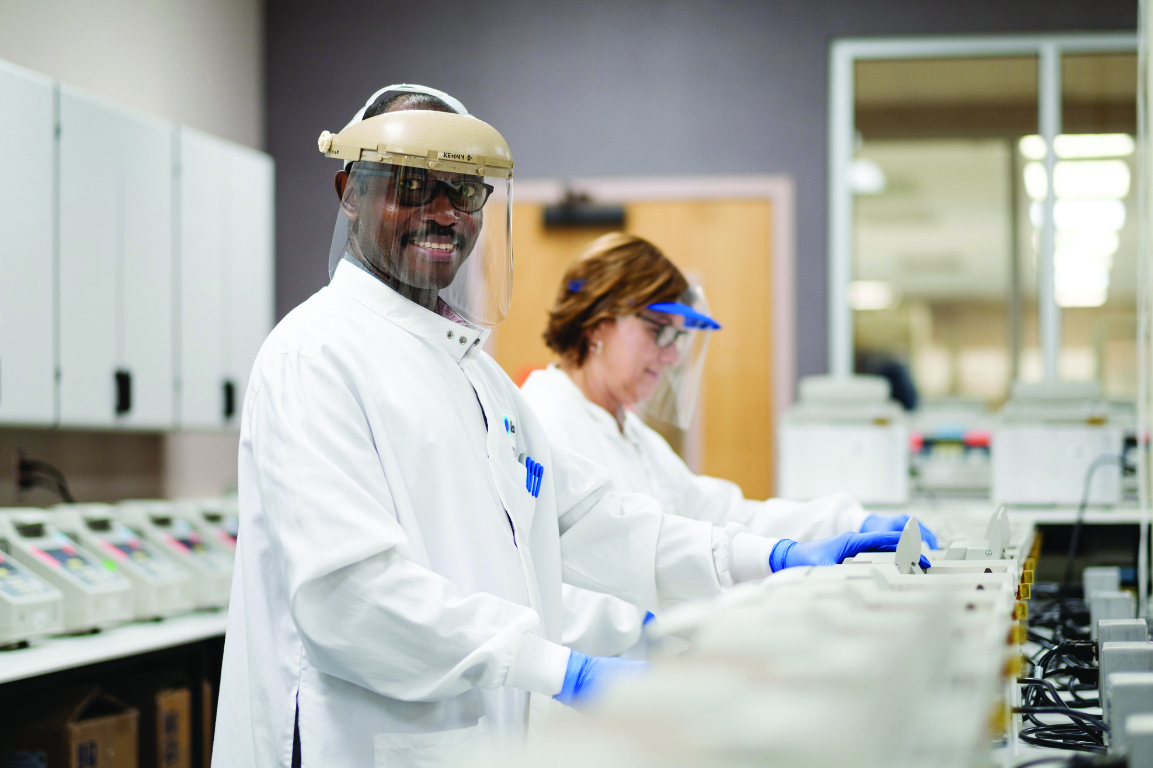Meet ICH requirements & lower safety endpoint risks
You need to meet the regulatory requirements of the ICH core battery studies. But what about your own business risks? With many compounds, it’s possible to clear ICH hurdles only to face a host of safety endpoint issues as you advance through early development and into clinical study phases. You need a value-added partner to help identify unsafe compounds earlier than ever before.
Access endpoints during toxicology studies
By looking at safety pharmacology through a business risk lens, you begin to see the process of safety assessment in an entirely different light. Now you can economically assess your endpoints during your toxicology studies to make better safety predictions, earlier than ever before. With many compounds running into safety issues during the clinical phases, there is a great opportunity to anticipate these data in your nonclinical stage, saving you time and money long-term. By better understanding and reducing the risk of drug attrition of your molecule, you are able to progress forward with more confidence—and with the right molecules. Rethink what’s possible and gain a markedly different approach to your early safety assessment regimen.
ICH E14/S7B Q&A Guideline: Remove clinical TQT burden with high-quality double-negative preclinical data
With the release of the new ICH E14/S7B Q&As, for the first time, preclinical in vitro and ECG data can now be used to impact clinical ECG study design. Compounds that are deemed a low risk based on preclinical data (hERG and in vivo QT) allow sponsors more options to substitute the human thorough QT (TQT) trial with Phase 1 ECG data by leveraging preclinical in vitro hERG and in vivo QTc data, reducing the overall industry TQT burden for low-risk compounds. In addition to establishing hERG Q&A capabilities, we have in place all the new quality standards for ECG Telemetry that demonstrate achievement of QTc sensitivity equivalent to that of the clinic.. Moreover, we have been at the forefront of numerous Q&A industry groups giving presentations and leading client discussions on this topic. Let us educate you on how to best apply the new guidance to your drug development portfolio
Related Sections

)
